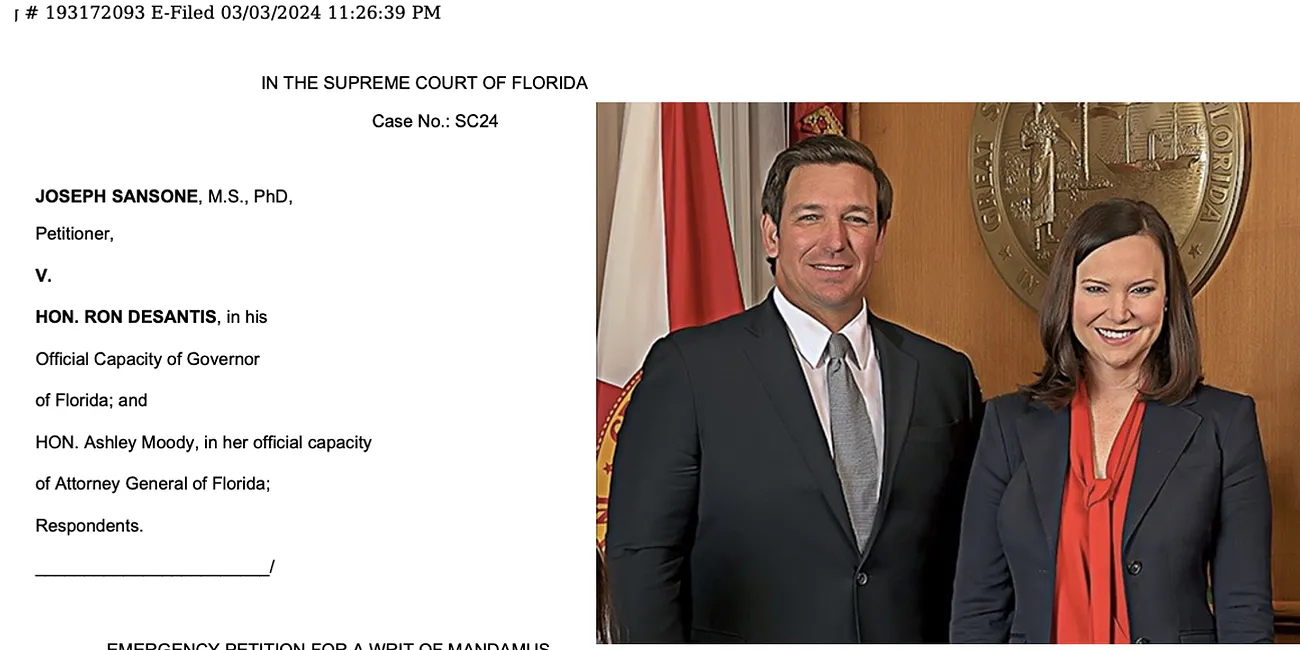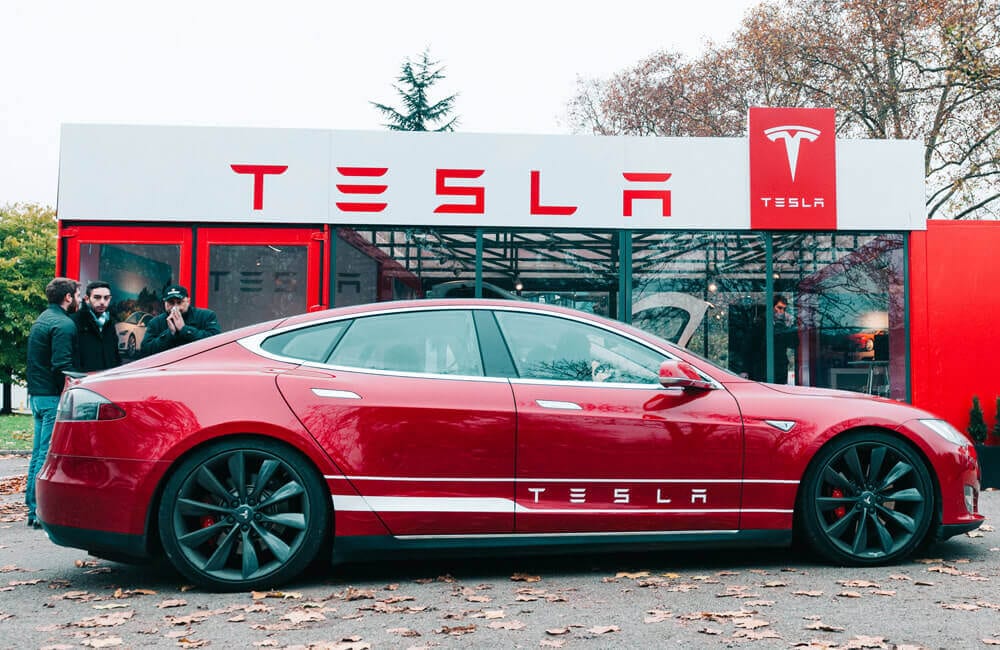Lab-Grown Chicken — The Latest Silicon Valley Mess to Clean Up?
Silicon Valley is banking on cultured meat taking off, providing animal-free “meat” to satisfy the carnivorous appetites of the world’s more than 8 billion people — most of whom eat meat. But what started out with grandiose fanfare and backing from billionaire investors like Bill Gates and Jeff Bezos1 is falling flat.
The dream of creating cultured “chicken” breasts or animal-free “beef” fillets is turning out to be nothing more than a fairy tale. Upside Foods, a leader in the fake meat market and one of two companies allowed to sell cultured meat in the U.S.,2 has resorted instead to “growing just minuscule numbers of chicken skin-type cells in small plastic bottles, then scraping them out gram by gram to compress and mold them into a single forkful of flesh.”3
It’s not only unappetizing. Even if it succeeds, fake meat, presented as a solution to save the environment, may end up being worse for the planet than real meat, while presenting consumers with another highly processed food product that may further devastate human health.
What Happens When Silicon Valley Gets Mixed Up in Food Production?
Putting faith in Silicon Valley to produce wholesome food was the first mistake in the race to create cultured food. While regenerative farmers raising grass fed cows and free-range chickens work in concert with nature to provide food in the form humans have thrived on since the beginning of time, Silicon Valley does just the opposite.
In a process completely removed from nature, venture-backed startups are using precision fermentation based on genetically engineered microbes to create synthetic food products in a lab. At Upside, which has received backing from Richard Branson, Kimbal Musk and even meat giants Tyson Foods and Cargill,4 stainless steel bioreactors are paraded as a measure of progress at media events, but it’s nothing more than careful PR.
Inside reports from employees, uncovered by The Wall Street Journal, claim that the bioreactors are plagued by contamination and rodent DNA was once found in a chicken cell line.5 Illustrating the contradiction that is the fake meat industry, the “sustainable” lab-grown chicken is in actuality being grown in two-liter plastic bottles — hundreds of which are required to product a few fillets.6
In the U.S., a limited amount of Upside’s lab-grown chicken is available as part of a tasting menu at Bar Crenn in San Francisco. But even Bloomberg reported this “sustainable” solution makes no sense:7
“The company is growing them in small, single-use plastic bottles, in amounts so piddling that a single night at Bar Crenn, a ‘certified plastic-free’ establishment, according to its website, could require the use of more than a hundred such bottles.”
Upside’s Expensive Fake Chicken Bits Aren’t Made From Muscle Cells
To make fake meat, cell lines taken from a living organism. They’re then manipulated to grow quickly and consistently. While myoblasts are the type of cells that grow into muscle meat, they’re the most difficult for fake meat companies to grow and “immortalize.”
“A regular cell extracted from an animal, known as a primary cell, won’t replicate forever. Eventually it stops, entering a phase known as senescence. If a company wants to grow significant amounts of meat and doesn’t want to have to keep taking cells from live animals or embryos, it needs to turn primary cells into immortal ones,” Bloomberg reports.8
Because myoblasts are difficult to immortalize, fibroblasts, which grow easily, are often used in cultured meat products. “But when it comes to food, they’re not what most people would consider delectable. They can develop into fat and other cells, but they’re most known for their role in making connective tissue, like cartilage or what’s found in skin,” according to Bloomberg’s report.9
Adipocytes, or fat cells, are also sometimes used, often mixed with plant proteins. In a dossier for the U.S. Food and Drug Administration, Upside named genetically engineered immortalized fibroblasts and a naturally immortalized myoblast cell line as options for its fake meat. But Samir Qurashi, a former Upside employee, shared doubts the company had a myoblast cell line capable of being used in production.
“It’s next to near impossible,” he told Bloomberg, and, indeed, the fake meat Upside is serving at upscale Bar Crenn is made from fibroblasts, the type that typically forms connective tissue. Further, according to Bloomberg:10
“The chicken doesn’t even include immortalized cells; it’s made of primary fibroblast cells that at some point will stop replicating and at best grow only into connective tissue. This means that to make more chicken, scientists will eventually have to go back to an embryo and remove more cells, a process that, even when it works, also kills the embryo. (Bar Crenn didn’t provide comment.)
It’s an admission that has left experts both confused and amused. “I scratch my head,” says David Kaplan, director of the Tufts University Center for Cellular Agriculture. “Why would you ever use primary cells?”
The Myth of Animal-Free Meat
One of the foundational principles behind cultured meat is the ability to produce food without killing animals. But fake meat is often made using animal components, negating this principle.
Normally, cells grow in a structure in your body. The cell lines being grown in labs are grown in a thin film or growth medium. In the body, the growth medium is your blood, Dutch investigative journalist Elze van Hamelen reports,11 a complex substance that laboratories try to replicate using fetal bovine serum (FBS) — blood taken from living calf fetuses.



